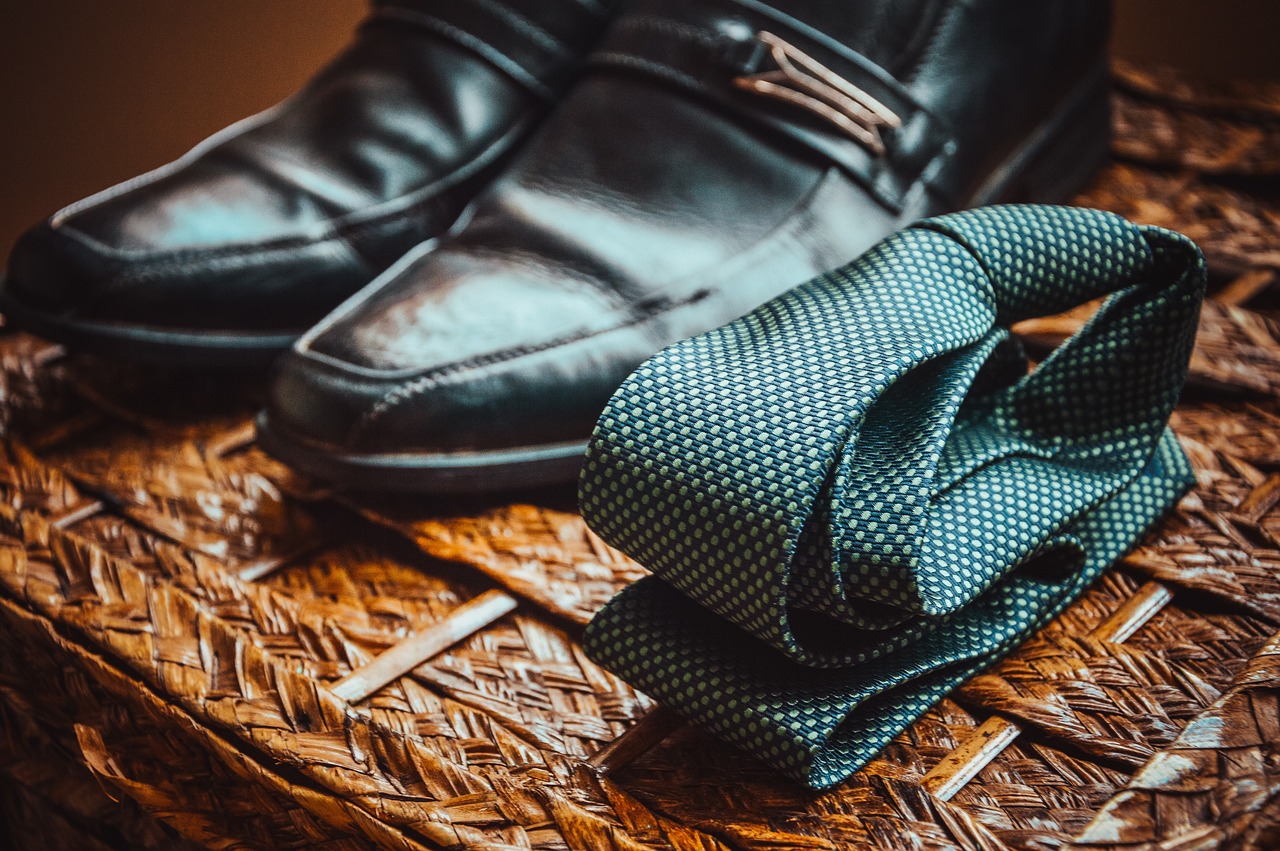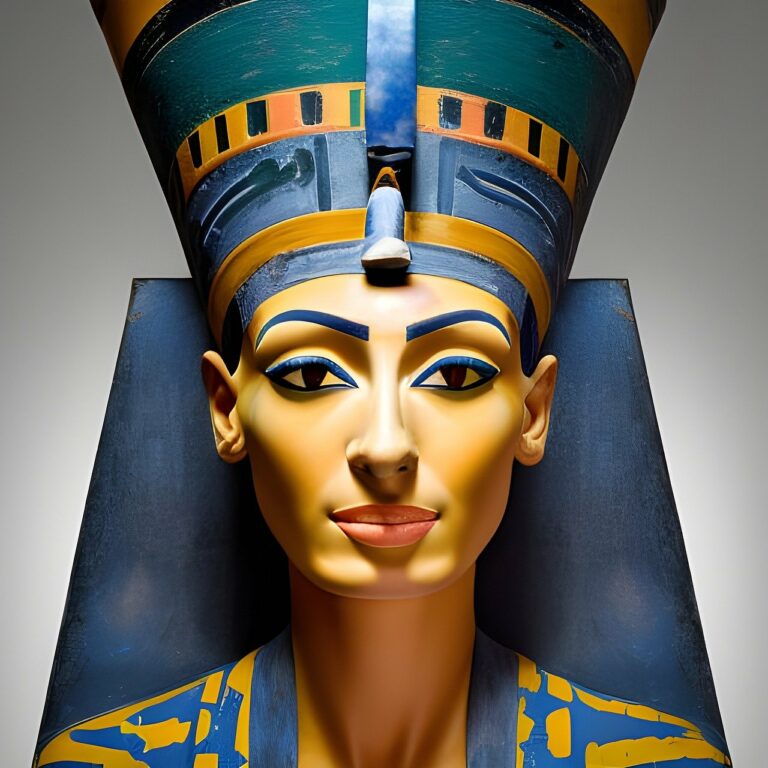The Impact of Fashion on Socioeconomic Development in Developing Countries
Fashion plays a significant role in empowering local artisans by providing them with a platform to showcase their unique craftsmanship and skills. Through collaborations with designers and brands, artisans are able to reach a wider audience and gain recognition for their traditional techniques and heritage.
By incorporating artisanal elements into modern designs, fashion not only celebrates cultural diversity but also creates sustainable opportunities for craftsmen to earn a livelihood. This fusion of tradition and innovation not only preserves age-old techniques but also helps artisans adapt to contemporary markets, ensuring their economic empowerment and preserving their cultural heritage.
Challenges Faced by the Fashion Industry in Developing Countries
Developing countries often struggle with inadequate infrastructure, limited access to technology, and a lack of skilled labor in the fashion industry. The lack of efficient transportation systems and reliable power sources can hinder production and distribution processes, leading to delays and increased costs for fashion businesses operating in these regions.
Moreover, navigating complex and inconsistent regulatory frameworks poses a significant challenge for fashion entrepreneurs in developing countries. High tariffs, bureaucratic red tape, and corruption can impede the growth of the fashion industry, making it difficult for businesses to compete on a global scale. These obstacles not only limit opportunities for local designers and artisans but also hinder the economic development potential of the fashion sector in these countries.
Inadequate infrastructure and limited access to technology hinder production and distribution processes
Lack of skilled labor in the fashion industry poses a challenge for businesses operating in developing countries
Complex regulatory frameworks with high tariffs, bureaucratic red tape, and corruption impede the growth of the fashion industry
Challenges faced by fashion entrepreneurs limit opportunities for local designers and artisans
Obstacles hinder economic development potential of the fashion sector in developing countries
Fashion as a Tool for Poverty Alleviation
Fashion has emerged as a powerful tool for poverty alleviation in developing countries. By providing opportunities for local artisans to showcase their traditional craftsmanship and skills, the fashion industry has paved the way for sustainable income generation. Through collaborations with designers and brands, these artisans are able to reach a global audience and receive fair compensation for their work, ultimately uplifting their socio-economic status.
Moreover, the integration of traditional craft techniques into contemporary fashion designs not only preserves cultural heritage but also creates a market demand for these unique products. This fusion of tradition and modernity not only empowers local artisans but also promotes cultural diversity and sustainability in the fashion industry. As consumer preferences shift towards ethically-made and environmentally-friendly products, the focus on artisanal craftsmanship in fashion serves as a driving force for economic growth and social well-being in developing nations.
How can fashion empower local artisans in developing countries?
Fashion can empower local artisans in developing countries by providing them with opportunities to showcase their traditional skills and craftsmanship, creating sustainable employment, and increasing their income levels.
What are some challenges faced by the fashion industry in developing countries?
Some challenges faced by the fashion industry in developing countries include lack of access to markets, limited resources and funding, competition from larger brands, and issues related to quality control and production standards.
How can fashion be used as a tool for poverty alleviation?
Fashion can be used as a tool for poverty alleviation by creating job opportunities for marginalized communities, promoting sustainable and ethical practices, and supporting local economies through the production and sale of handmade goods.
What are some examples of successful fashion initiatives that have helped alleviate poverty in developing countries?
Some examples of successful fashion initiatives that have helped alleviate poverty in developing countries include fair trade organizations that work with local artisans, social enterprises that prioritize ethical production practices, and fashion brands that support community development projects.







